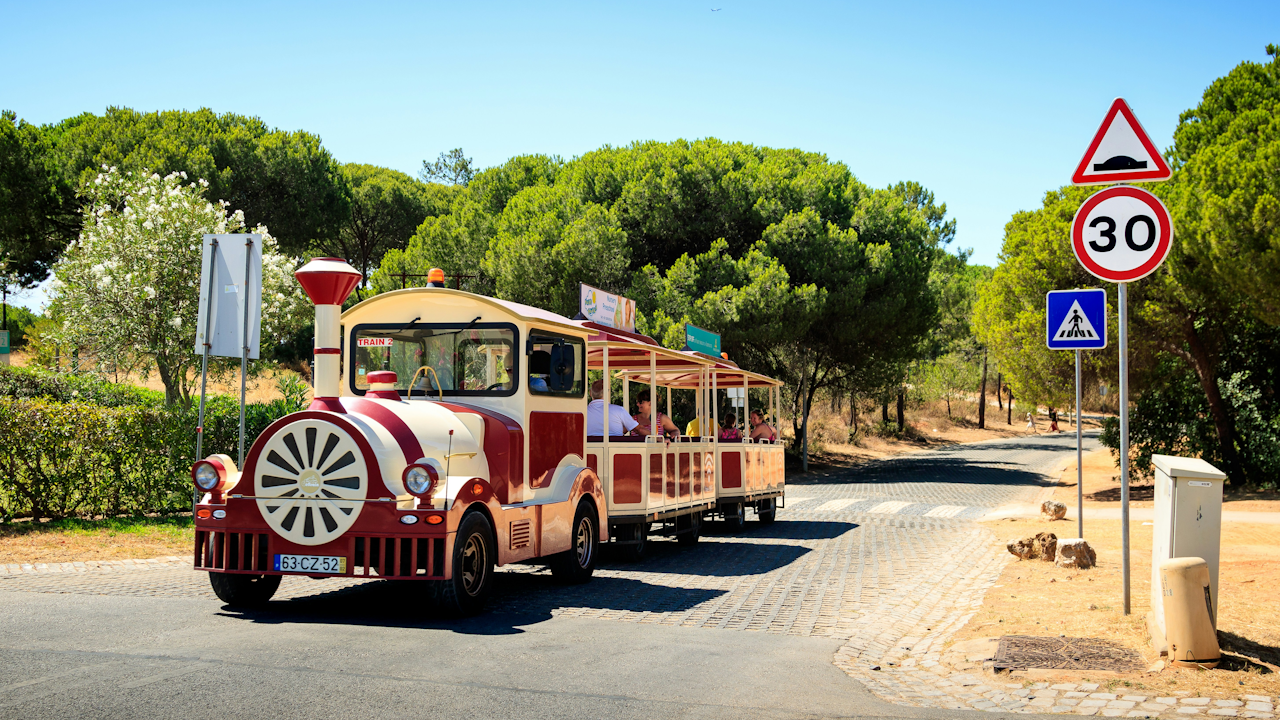In a world where travel has often been defined by checklists, tight schedules, and a race to see as much as possible in the shortest time, the concept of slow travel offers a refreshing alternative. Slow travel is about immersing yourself in a place, connecting with its people, culture, and environment, and experiencing it in a way that is both mindful and sustainable. In 2025, this approach is more relevant than ever.
A Shift in Priorities
The last few years have transformed the way people think about travel. Environmental concerns, rising costs, and the lingering effects of global disruptions have encouraged travelers to rethink their approach. Many have realized that racing through five cities in seven days leaves them tired, stressed, and with only surface-level memories. Instead, there is growing recognition that depth of experience can be more rewarding than breadth.
Slow travel aligns with this mindset. It is not about ticking destinations off a list. It is about staying longer in one place, moving at a relaxed pace, and allowing a destination to reveal its true character. Rather than skimming across the surface, slow travelers dig deeper and often form more meaningful connections with the people and cultures they encounter.
Environmental Benefits
In 2025, sustainability is a central theme in the travel industry. Air travel remains one of the largest contributors to carbon emissions in tourism. Slow travel can help reduce that impact. By visiting fewer destinations and staying longer in each one, travelers can cut down on the number of flights or long-distance transfers they take.
Choosing trains, buses, bicycles, or even walking over planes and rental cars also makes a difference. In many parts of Europe and Asia, high-speed trains and efficient public transport make this not only possible but enjoyable. Spending more time in a single place also encourages support for local businesses rather than spreading spending thinly across large hotel chains or multinational companies.
Cultural Immersion
One of the greatest joys of slow travel is the chance to immerse yourself in local culture. When you stay in a destination for a week or more, you start to notice the small details that make it unique. You might find a favorite café where the staff greets you like a regular, or you might learn about local traditions from a neighbor or shopkeeper.
Longer stays also provide opportunities to participate in cultural activities that might not fit into a fast-paced itinerary. Cooking classes, art workshops, community festivals, or language lessons are far easier to fit in when you are not rushing to catch the next train or flight. This kind of connection can make a trip more memorable and meaningful.
Mental and Physical Well-being
Fast travel can be exhilarating, but it can also be exhausting. Constantly packing, unpacking, navigating airports, and adjusting to new time zones can take a toll on both body and mind. Slow travel eliminates much of that stress.
By staying in one place for longer, you can create a rhythm to your days. You might start your mornings with a walk in a nearby park, spend afternoons exploring local markets, and enjoy evenings in the same friendly restaurant or bar. The predictability can be comforting, and the slower pace allows for real rest as well as exploration.
Economic Impact on Local Communities
Slow travel can have a positive economic impact on the places visited. Staying longer in one destination often means spending more money in that community. You are more likely to rent from local property owners, shop at small stores, eat in locally-owned restaurants, and use neighborhood services. This type of spending has a more direct and positive effect on the local economy compared to brief visits that concentrate spending in tourist-heavy areas or chain establishments.
Additionally, slow travel can help spread tourism to areas that may not usually benefit from it. When travelers spend more time in a region, they often venture beyond the most popular attractions and discover smaller towns, rural villages, or lesser-known cultural sites.
Practical Tips for Embracing Slow Travel in 2025
- Choose fewer destinations: Focus on one or two places instead of trying to see a whole country in one trip.
- Stay in locally-owned accommodations: This supports the local economy and often gives a more authentic experience.
- Use local transportation: Trains, buses, bikes, or even walking can slow the pace and increase interaction with locals.
- Plan activities with flexibility: Leave room in your schedule for spontaneous discoveries.
- Learn a few local phrases: Even basic language skills can open doors and build rapport with residents.
- Shop and eat locally: Farmers’ markets, small shops, and local restaurants offer authentic flavors and experiences.
A Travel Philosophy for the Future
Slow travel is not just a trend. It is a mindset shift that fits well with the realities of 2025. As more people seek authentic experiences and aim to reduce their environmental footprint, slow travel offers a way to align personal enjoyment with global responsibility. It is a form of travel that values quality over quantity, connection over consumption, and presence over speed.
Travelers who embrace slow travel often find that their trips feel richer and more fulfilling. They return home not only with photographs but with a deeper understanding of a place and its people. In a time when life often moves at a breakneck pace, the choice to travel slowly can be an act of both personal care and global consciousness.
Conclusion
The beauty of slow travel lies in its simplicity. It invites us to stay longer, look closer, and connect more deeply. It encourages us to step away from the rush and instead savor the journey. In 2025, as travelers navigate a world that demands both mindfulness and adaptability, slow travel offers a way forward that benefits both the traveler and the planet. Less can indeed be more, and sometimes the best way to move forward is to slow down.

